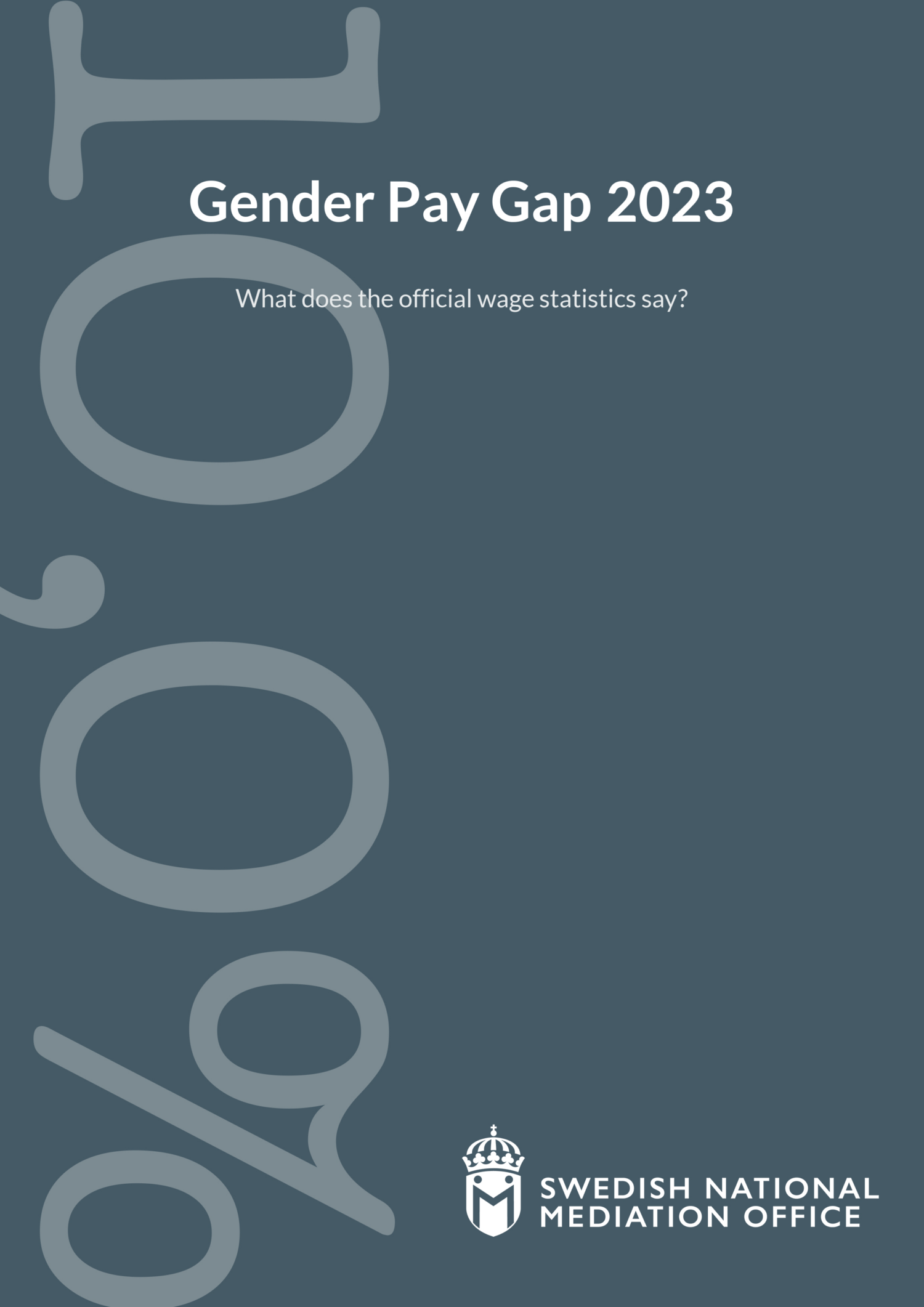The latest results show that the gender pay gap was 10.0 percent, which is an increase of 0.1 percentage points compared to 2022. The sustained decrease present since 2007 appears to have stopped starting in 2019. Since then, the pay gap has only shown small variations. In a longer perspective, however, the pay gap in the economy as a whole has decreased by 6.4 percentage points between 2005 and 2022.
The pay gap either decreased or remained unchanged in several sectors in 2023, but overall it was basically the same compared to 2022. This is partly because the rate of wage growth was higher in the private sector (4.6 percent compared to 3.6 percent in the public sector) and partly because groups with larger wage differences have increased in size compared to groups where the wage differences are smaller, which increases the difference between men’s and women’s average wages in the economy as a whole.
Differences in pay are due to a variety of factors. If, using standard weighting, the explanatory factors available in the statistics are taken into account, there remained in 2023 an unexplained difference between the sexes of 4.8 percent.
An important explanation for why women’s and men’s average wages differ is that the labour market is divided by gender: women and men work to a large extent in different occupations, and these occupations have different wage levels.
